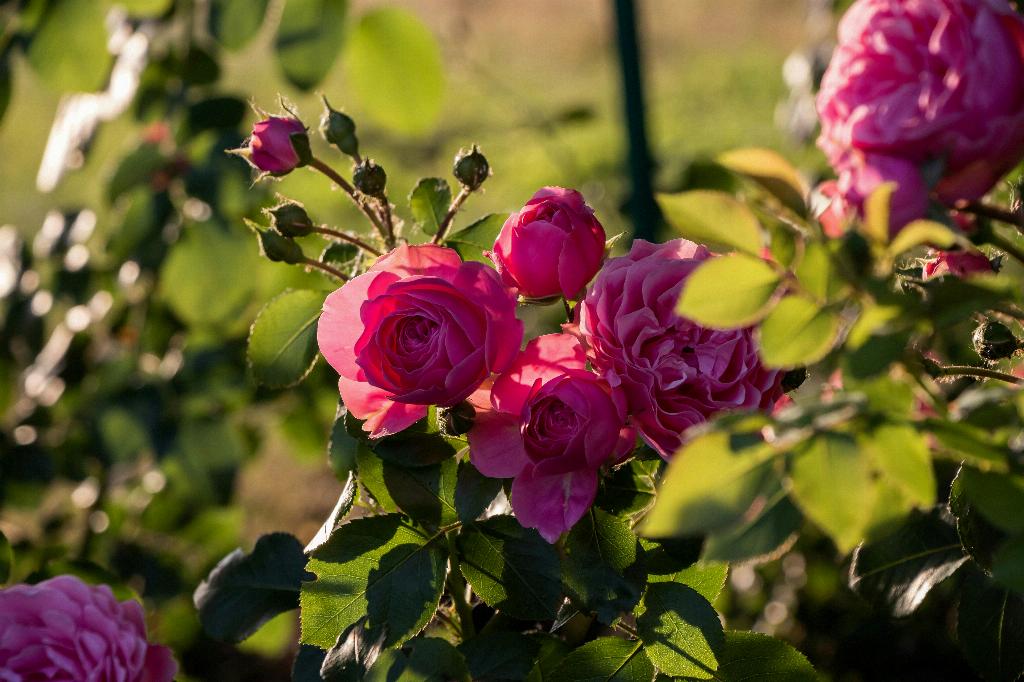Shrubs are woody plants that are often smaller than trees but larger than perennials. They play a crucial role in landscaping by adding texture, color, and structure to outdoor spaces. Shrubs can provide privacy, attract wildlife, and serve as focal points or borders in garden designs.
When to Dig Up a Shrub
If a shrub is showing signs of decline such as wilting leaves, sparse foliage, or unproductive growth, it may be time to dig it up. The best time to transplant a shrub is during its dormancy period in early spring or late fall when the plant is not actively growing.
Preparing to Dig Up a Shrub
Before digging up a shrub, gather the necessary tools and equipment such as loppers, shovel, pruning shears, and gloves. Assess the size and health of the shrub to determine if it is suitable for transplantation. Take safety precautions such as wearing protective gear and avoiding contact with thorns or poisonous plants.
Steps to Dig Up a Shrub
Step 1: Clear the area around the shrub by removing any obstacles or debris. Step 2: Loosen the soil around the roots using a shovel or spade. Step 3: Dig a trench around the shrub, keeping a distance from the base to avoid damaging the roots. Step 4: Carefully lift the shrub from the ground, ensuring the root ball remains intact. Step 5: Transplant the shrub to a new location with well-draining soil and adequate sunlight.
Aftercare for Transplanted Shrub
After transplanting the shrub, water it thoroughly to help establish the roots in the new location. Mulch around the base of the shrub to retain moisture and suppress weeds. Monitor the shrub for signs of stress such as wilting, yellowing leaves, or droopy branches. Provide ongoing care by watering regularly, pruning any damaged branches, and fertilizing as needed.

Conclusion
In conclusion, knowing how to dig up a shrub and transplant it successfully requires careful planning and execution. By following the outlined steps and aftercare tips, you can ensure the health and survival of your shrubs in their new environment. Remember to be patient and attentive to the needs of your transplanted shrubs to help them thrive for years to come.
